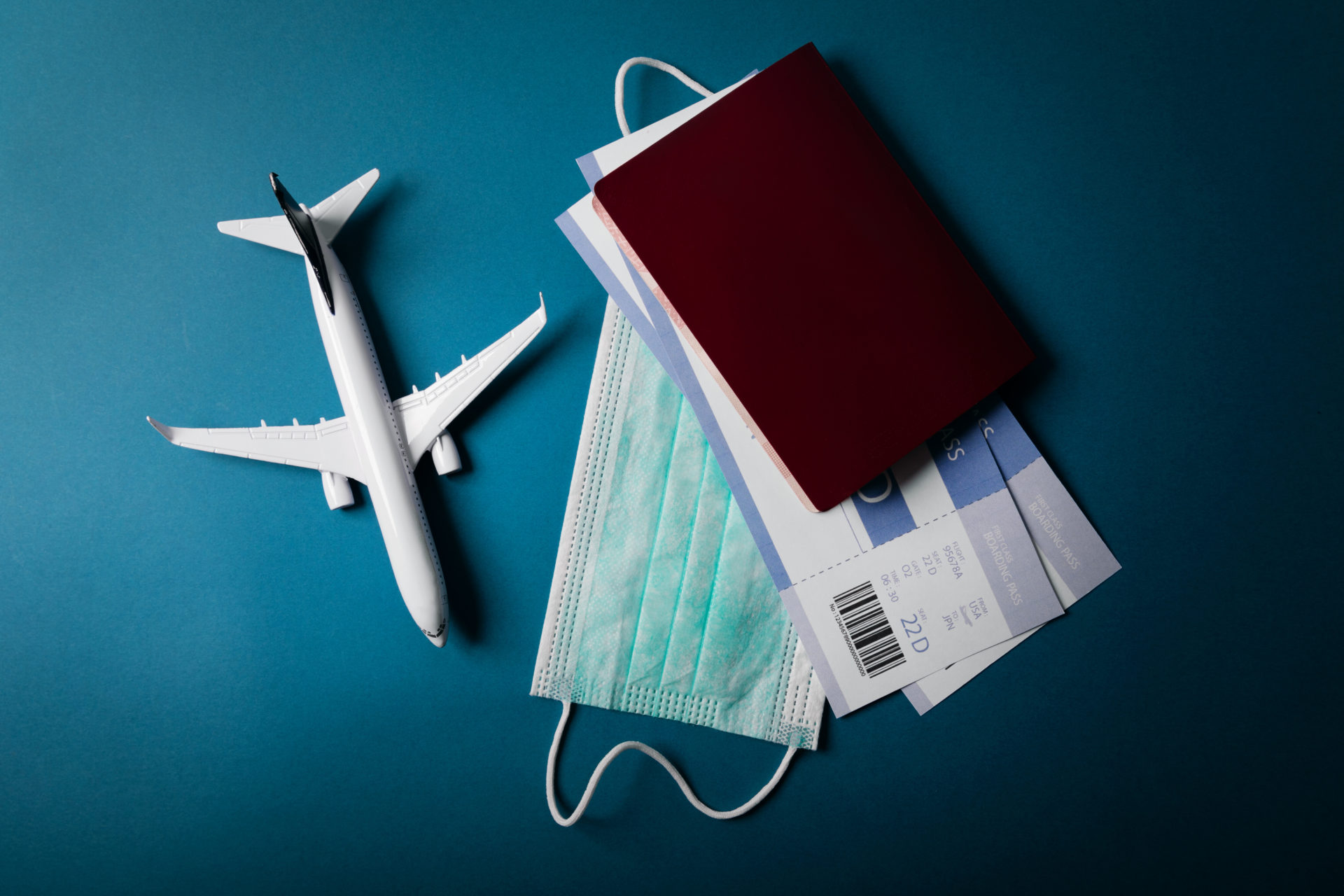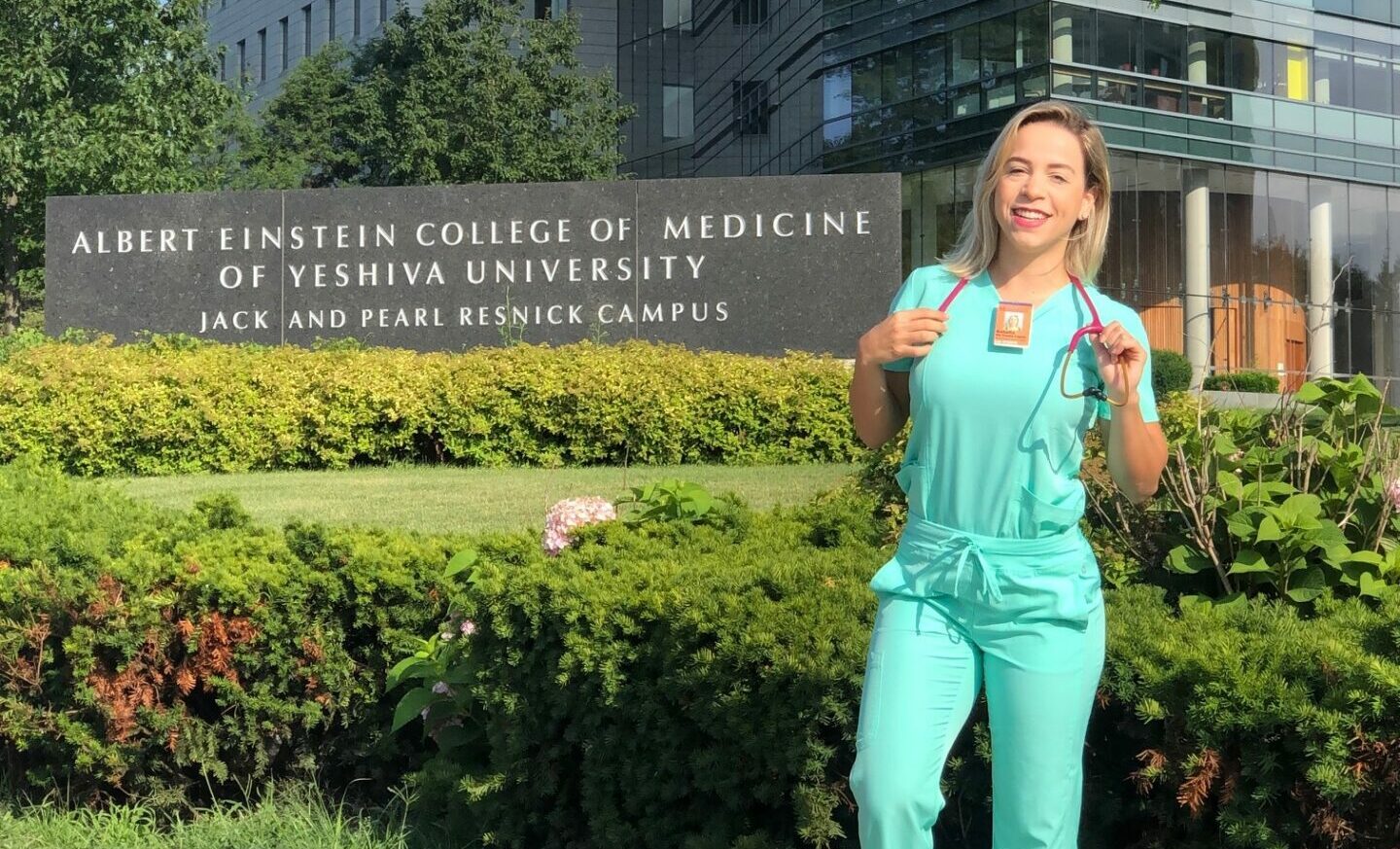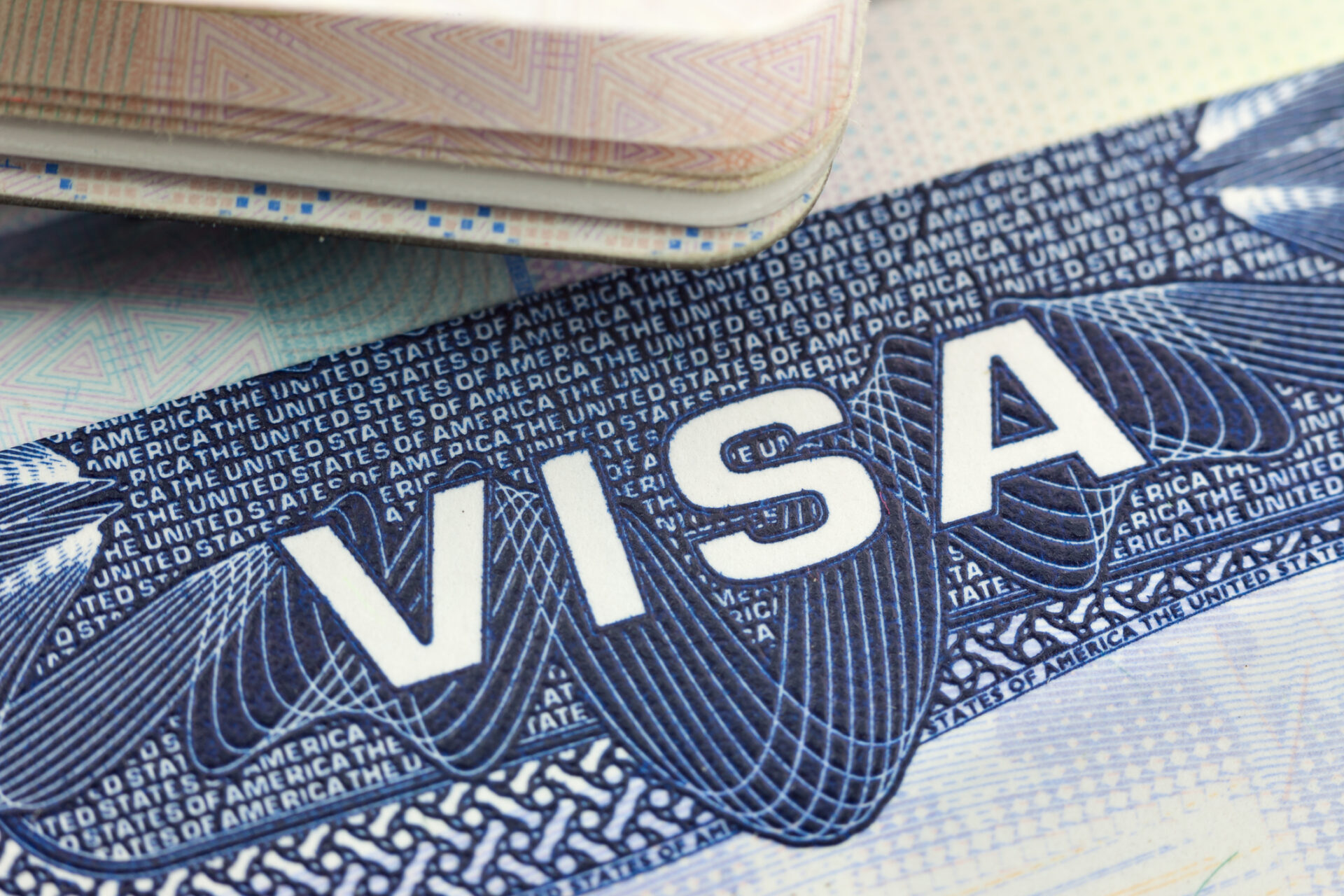It’s been 16 months since the United States and most of the world came to a screeching halt as borders closed and travel bans were instituted. Finally, the United States is beginning to reopen. As of this writing, 56% of U.S. adults have received at least the first shot of the Covid-19 vaccine, while restaurants, bars, and sporting events are open at full capacity for unmasked, vaccinated individuals.
DECREASING CASES OF COVID-19
When scientists and policymakers explained that businesses should close in order to “flatten the curve”, it was not so that Covid-19 could be entirely eliminated, but effectively managed; and as of this writing, it effectively has: Covid-19 cases, hospitalizations, and deaths in the U.S. are down over a 30-day period. While there has been an uptick in these numbers over the past two weeks, the CDC is increasingly treating the pandemic as a “pandemic of the unvaccinated”—as Dr. Rochelle Walensky, the director of the CDC, recently referred to it. Noting that almost all these hospitalizations and deaths, 98.9% and 99.2% respectively, are occurring among unvaccinated individuals even though vaccines are readily available in the U.S.
WHY HASN’T THE TRAVEL BAN BEEN LIFTED?
So why then has the administration not lifted or updated its travel restrictions to reflect this new reality or scientific consensus? As of this writing, the Presidential Proclamation barring entry to travelers who have been in China, Iran, the UK, Republic of Ireland, Brazil, South Africa, India, or the EU’s Schengen Area remains in effect. Further, even for countries not subject to these restrictions, a de facto ban on legal immigration and international travel exists in the form of consulate closures: 76% of all U.S. consulates are fully or partially closed to routine visa processing, affecting about 71% of all visa applicants.
The White House points to new Covid-19 variants, such as the highly contagious Delta variant—found among travelers of these countries—low vaccination rates, and early 2020 full restriction studies showing efficacy of certain restrictions on Chinese travelers as evidence supporting the decision to leave these restrictions in-place.
While this reasoning seems logical, the science supporting it becomes more tenuous each day. There is growing evidence that these partial travel bans simply do not work in keeping these variants out; in high incidence, highly populated countries, studies show that imported cases contribute little to overall COVID-19 spread.
TRAVEL BAN RESEARCH
A retrospective analysis of cross-border restriction studies found most early research supporting restriction of cross-border travel was based mostly on models and cited little real-world evidence supporting their conclusions. A long-term Bayesian analysis of countries’ Covid-19 restrictions found that partial travel bans were largely ineffective in the long term, and that countries that implemented successful travel bans tended to be island nations that imposed restrictions on all international travel such as New Zealand and Australia.
This evidence makes sense even to a layperson—by the time a new strain is detected and flagged as a potentially dangerous variant, it’s likely that someone from that country has already traveled to other countries and begun community spread in that area, given Covid-19’s high asymptomatic transmission rate and long incubation period. As Dr. William Schaffner—Professor of Infectious Disease at Vanderbilt University, responded when interviewed by Fortune regarding travel restrictions: “I thought it was akin to preventing people from pouring a bucket of water into a swimming pool.”
The evidence has shown that Dr. Schaffner was right about the travel ban restrictions. For example, take the Delta variant. On April 30, 2021, the president added India to the list of countries subject to travel restrictions due to the recent discovery and spread of the Delta variant among its population. Even after these restrictions were put in place, by July 7, the Delta variant was the most common strain of COVID-19 found in all 50 US states.
If these partial restrictions don’t work, what should the United States be doing in order to curb risk of imported COVID-19 variants? The good news is that we’re already doing it—all travelers, even U.S. citizens fully vaccinated for Covid-19, must receive a negative test no less than three days before they return to the U.S. from international travel. For unvaccinated travelers, the CDC requires them to take another COVID-19 test within three to five days of arrival to the U.S. Talk of a vaccine passport that would exempt travelers from these restrictions continues to increase, however any implementation of a vaccine passport system should also be coupled with deliberate efforts to assist developing countries in accessing the vaccine for distribution to their local populations.
EFFECTS OF THE TRAVEL BAN
While the White House continues to signal their intention to leave these selective travel bans and widespread consulate closures in place, the staggering humanitarian and economic costs continue to grow. While the EU has lifted restrictions on U.S. vaccinated travelers, the millions of Europeans who live in the United States still cannot go home to see their families. Further, the United States relies on internationally trained physicians who must receive a certain amount of U.S. training in order to qualify for the residency match, many of them residents of the 33 countries that remain on the banned list. Should the ban not be lifted, we may have fewer doctors to battle the next pandemic.
The economic impact of these travel bans has been devastating to the travel and hospitality sectors and the U.S. economy as a whole. As stated last week in a letter to President Biden from 75 lawmakers urging him to lift the travel restrictions, international inbound travel to the U.S. contributed “$234 billion in export income to the U.S. economy, generated a trade surplus of $51 billion, and directly supported 1.2 million American jobs.” The lawmakers further predict that if nothing is done to lift entry restrictions, “the U.S. is projected to lose 1.1 million jobs and an additional $175 billion in export income by the end of 2021.”
A CALL TO LIFT THE TRAVEL BAN
Throughout Mr. Biden’s short tenure as the President of the United States, his administration has repeated the credo: We’ll follow the science. However, the science no longer supports the maintenance of these travel bans, and the economic impact of their continued application could have long-term implications for not only the travel and hospitality sectors, but sectors such as healthcare and other STEM industries that rely on robust, low-friction international travel to function correctly. All the while, fully vaccinated residents of this country cannot travel home to visit ailing relatives, attend family weddings, nor obtain new visa appointments if they do choose to return to their home country.
We hope that the administration will hold to its credo of following the science and lift these country-specific travel bans grounded in nationalism and xenophobia rather than empirical reality.






